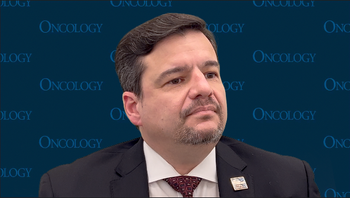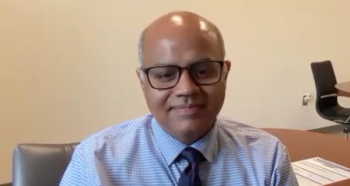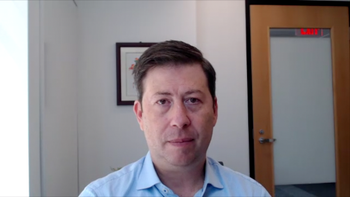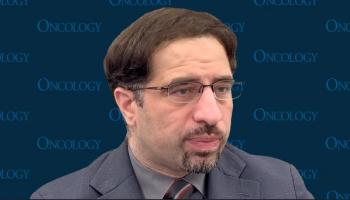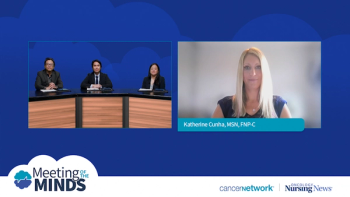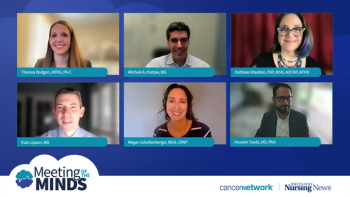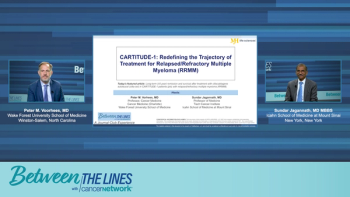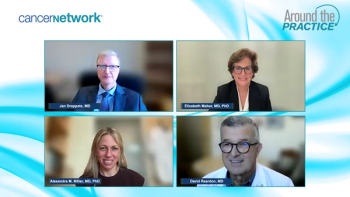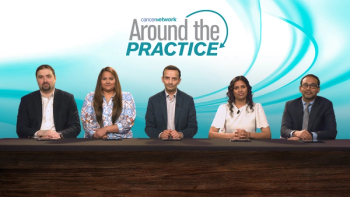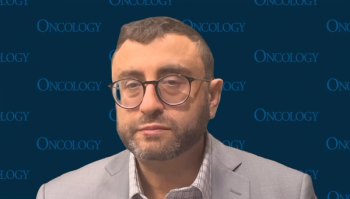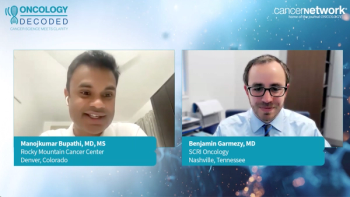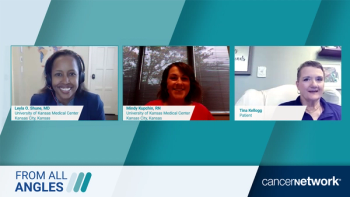
Panelists discuss how patients educate themselves about multiple myeloma through hospital pamphlets and magazines, online research, and positive attitude books about cancer while emphasizing the critical importance of peer support and mentorship programs where patients can meet with others who have successfully undergone treatments like stem cell transplants, creating comforting group meetings that help alleviate fear and provide hope by seeing healthy survivors share their stories and demonstrate that recovery is possible.


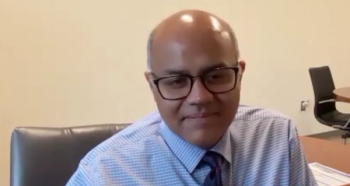
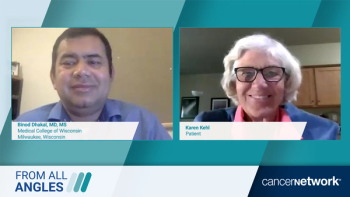
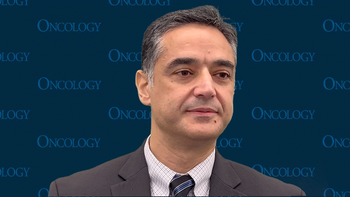
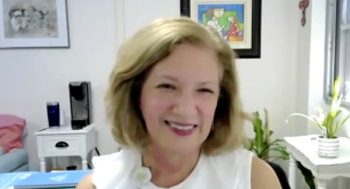
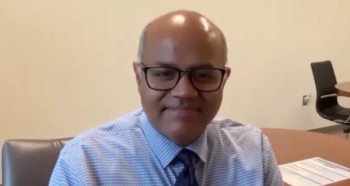
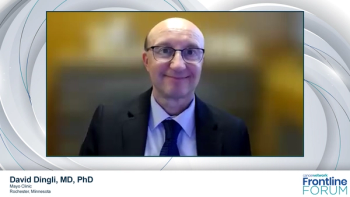
![“Everyone—patients, doctors—we all want the same thing. We want [patients] to live longer,” said Kiran Turaga, MD, MPH, on patients with peritoneal surface malignancies.](https://cdn.sanity.io/images/0vv8moc6/cancernetwork/9b290688648a249e516474c175a3c06309426d15-2950x1568.png?w=350&fit=crop&auto=format)
